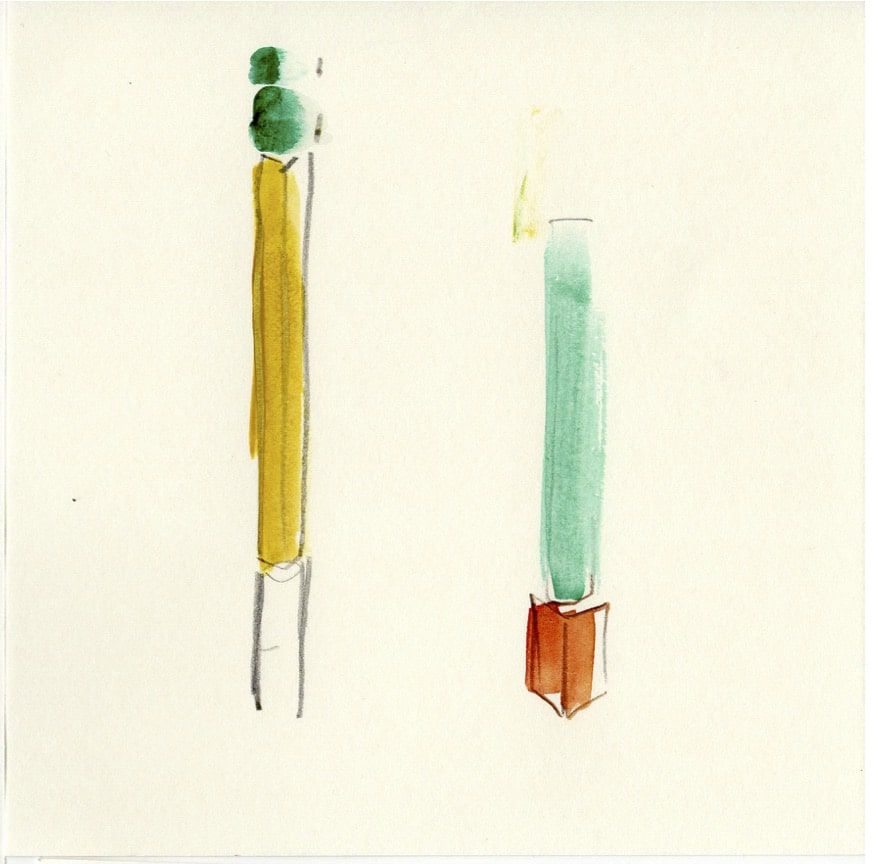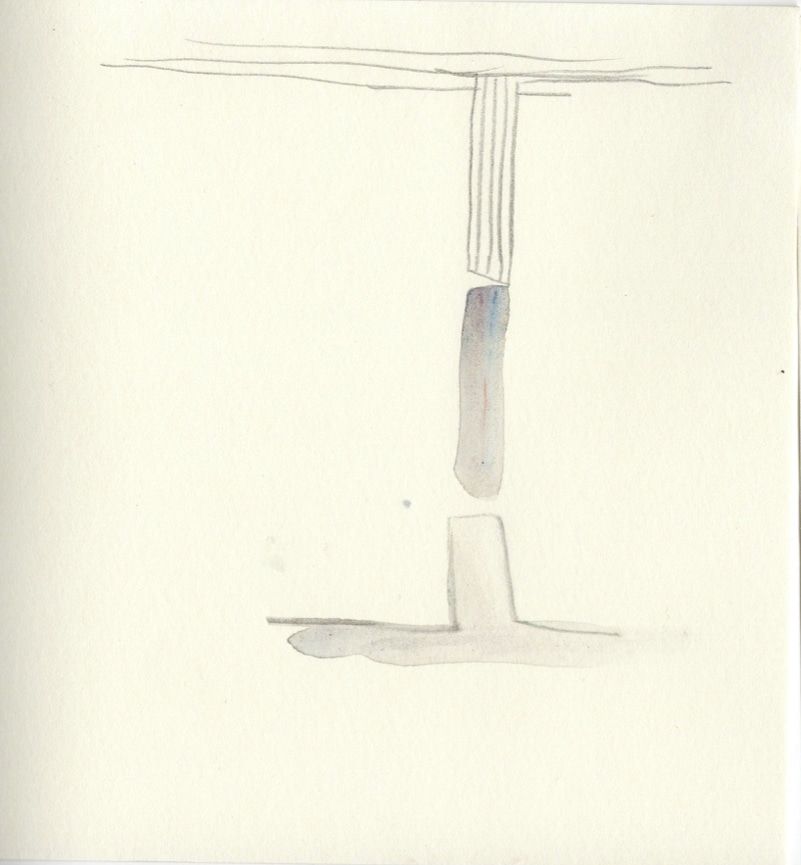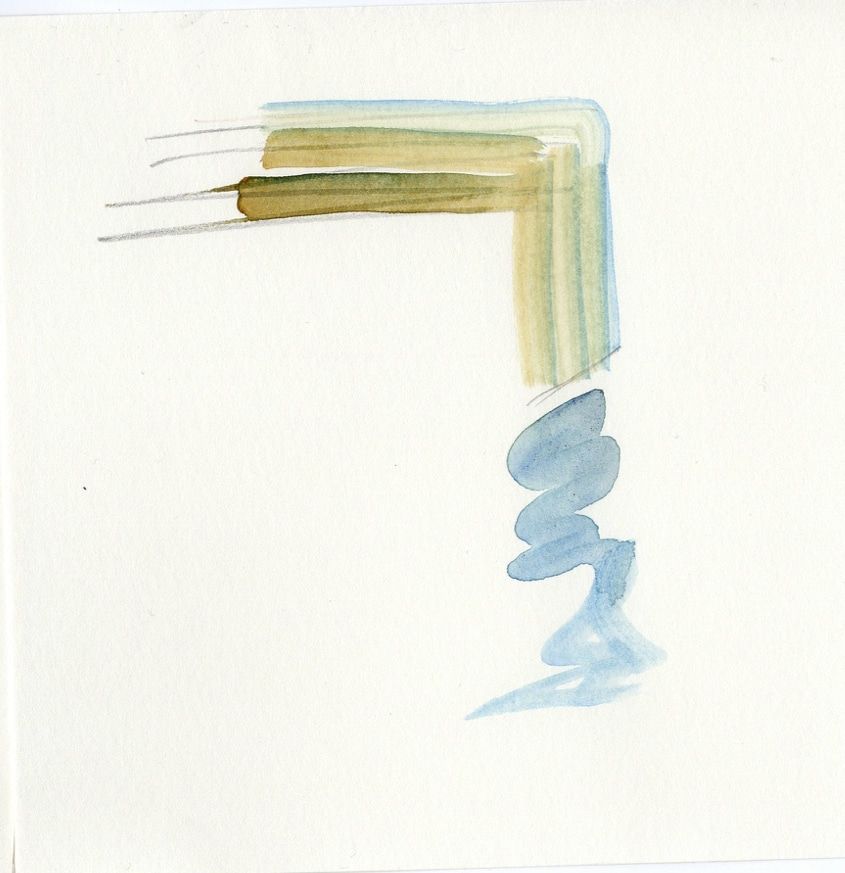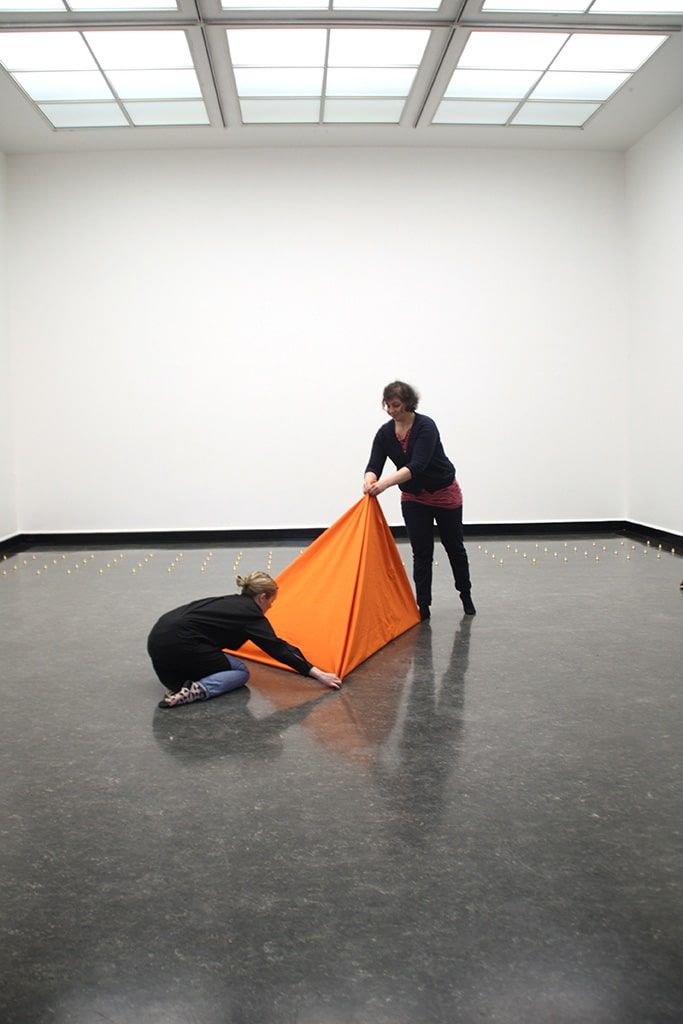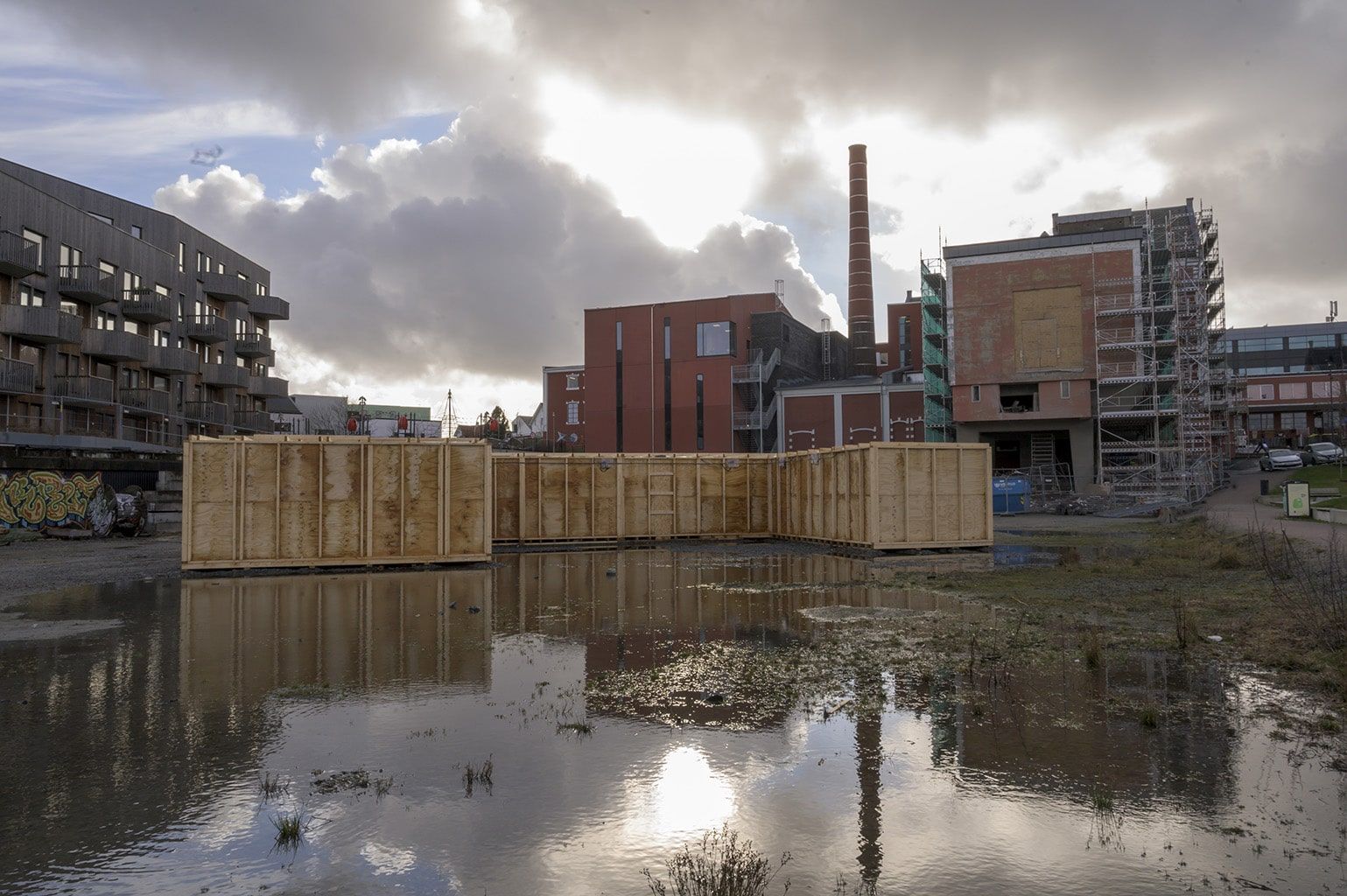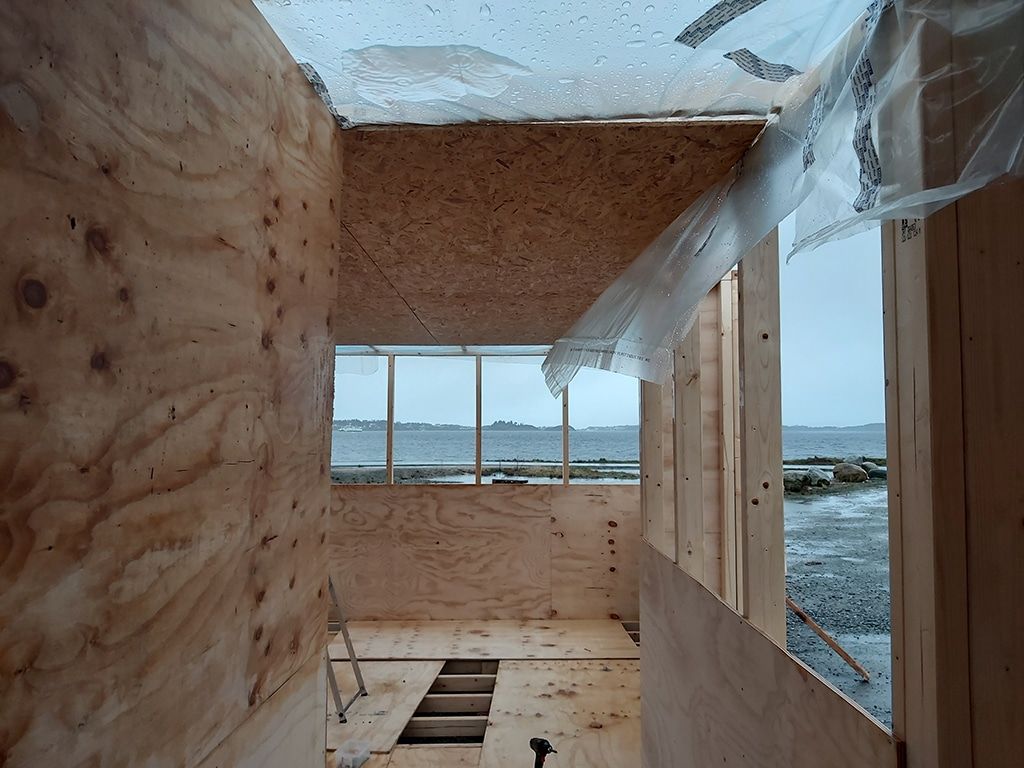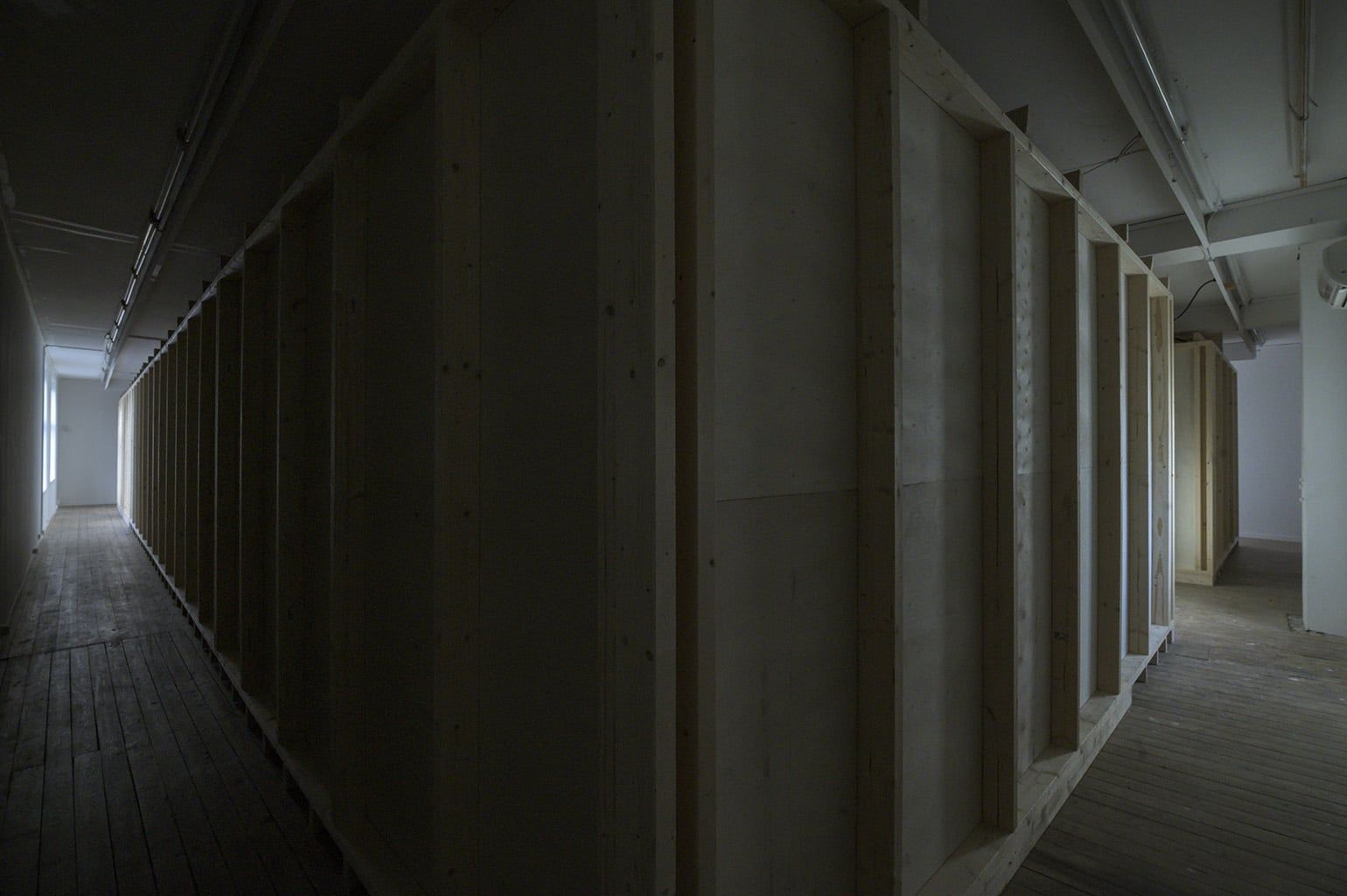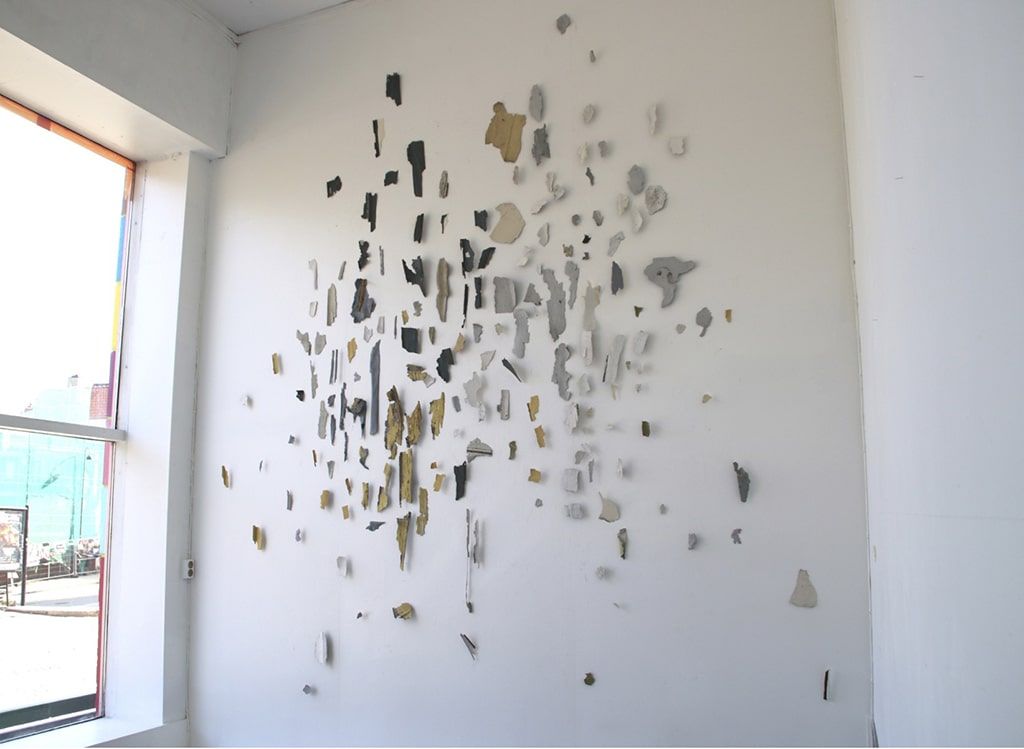I have been working very intensively in a collaborative project for the past 6 months, so I feel a bit out of touch with my own working process. However, I normally keep an ongoing process, where each artwork builds on an experience with a prior work. In this way a dialogue between the pieces often occurs, and I find them working better in series. Since my graduation from my MA in Bergen, I have been mainly interested in the relationship between sculpture, habitat, support structures and the body. I often create fragile constructions, and base these on watercolour paintings, drawings and models. At the core of my visual language is often my exploration of support structures, which I gather at urban trips in cities and while traveling. In addition to this I keep a small drawing pad with me every day, and if I walk past something that catches my eye, I capture it on paper. This can be an interesting form, or shape, or compilation of objects. I am inspired by urban landscapes, how objects on construction sites are placed and assembled, and the temporality of this placement. In addition to this I try to write letters daily about my work and process. Some periods when I am occupied with other artistic practises, and I am not making as much work, this is very useful. It helps me to stay in contact with my own work. Although never sent, I direct these towards real people, which helps me become less internal within my creative thought process.


